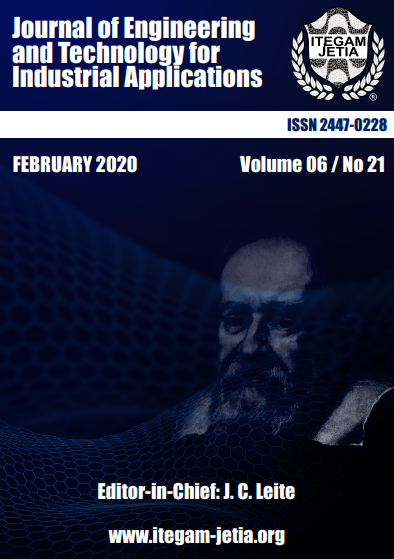WASTEWATER REUSE IN THE CLEAN IN PLACE PROCESS OF A BEVERAGE INDUSTRY
Abstract
Clean in Place is a hygiene process widely used in the food industry, as it establishes operational safety, reduces costs of water consumption, chemicals and energy, as well as it ensures safety and quality in the final product for the consumer. The Clean in Place process follows a standard operation, however the application of the system and procedures are individually designed for each process, according to its needs. In general, Clean in Place consists of water and chemical tanks, feed and return pumps, heat exchangers, conductivity sensors and temperature gauges. The present work addresses an industrial scale study using data from a food industry located in southern Brazil. The objective of this work consisted of the minimization of water consumption and effluent disposal by reusing water in process stages. In addition, it was intended to reduce detergent consumption and total process time through adjustments in detergent concentration, and time reduction in some system steps. The proposed wastewater reuse reduced the consumption of water and effluents discharged by 32.75%, detergent consumption by 37.5% and process time by 34%.











